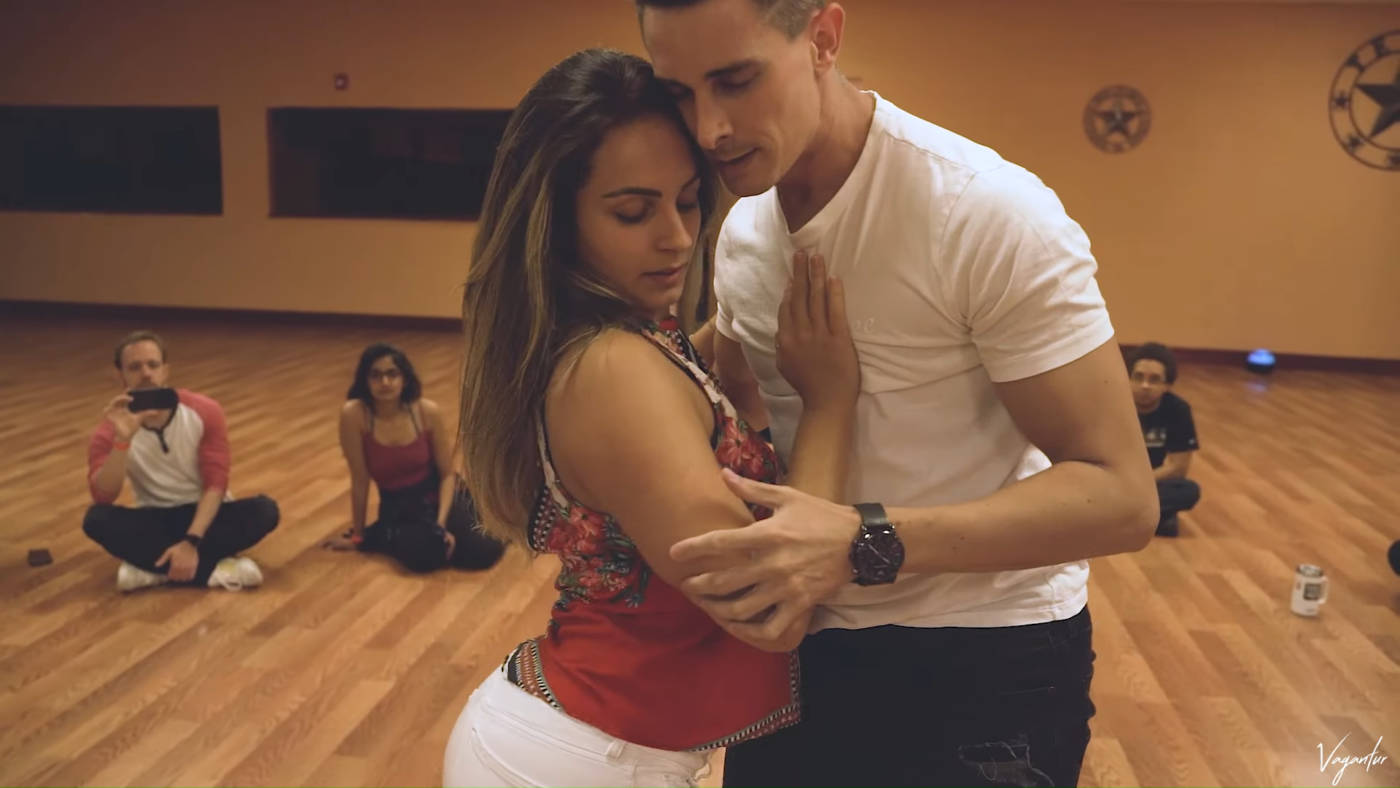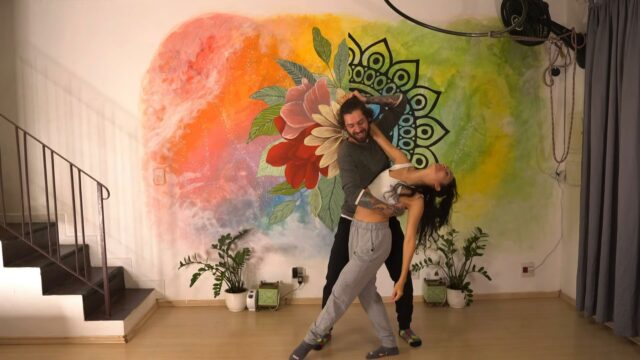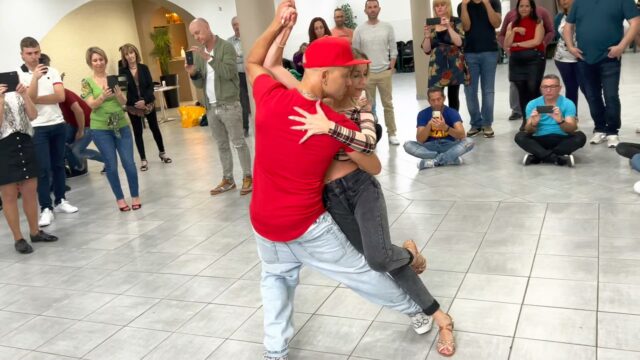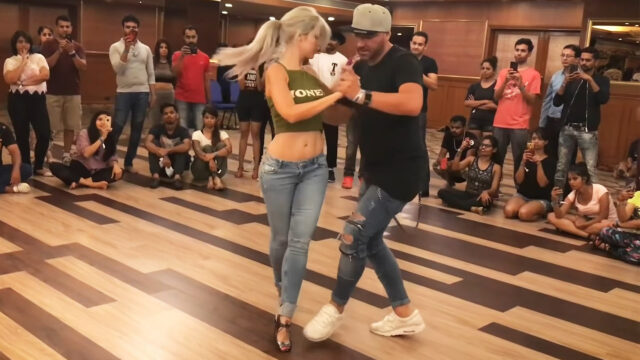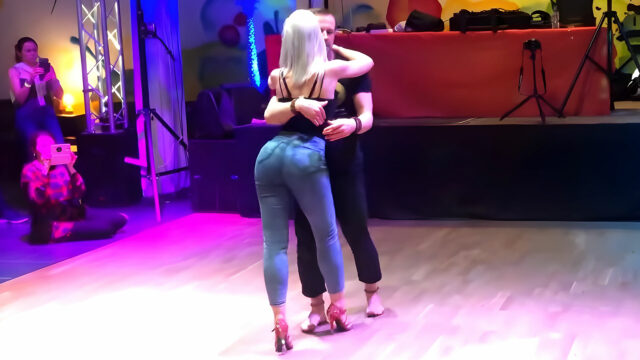There are some dance styles that are centuries old and have stood the test of time, but there are others that have popped up in recent years and captured the imaginations of people around the world. Brazilian zouk is firmly in the latter camp. It has only been around since the 1990s but it is a dance style that has spread around the world from its beginnings in Brazil. If you aren’t familiar with what Brazilian zouk looks like, check out this video of Rick Torri and Larissa Secco demonstrating how it’s done.
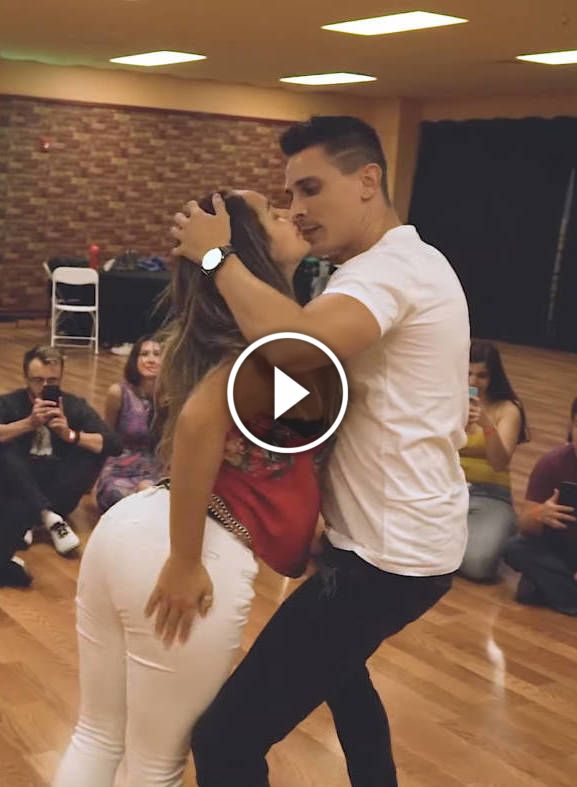
Brazilian zouk is not the same as Caribbean zouk, which can cause some confusion. Let’s see how they ended up with the same name. In Brazil in the 1980s, the most popular dance style in nightclubs was lambada, which is danced to lambada music. Over time, however, the popularity of lambada music began to fade. But the people who loved the dance style soon started dancing it to Caribbean zouk music instead. As is so often the case, the music started to influence changes in the dance style until it evolved into something entirely different.
- Brazilian Zouk for Beginners: Leading and Following
- Zouk: The Gravity That Pulls Two Into One
- Lean on Me: Building Trust with Your Partner Through Zouk
This new dance style was originally called zouk-lambada, but is now more commonly known as Brazilian zouk. Some dancers call it just “zouk” but this can cause some confusion with the Caribbean dance.
Brazilian zouk is a partner social dance performed to a 4/4 beat at between 70-80 beats per minute to a characteristic tresillo rhythm pattern. As well as being danced to traditional zouk music, it is also popular to modify pop songs to include the tresillo rhythm. It is characterised by its upper body movements. The follow dancer is led out of axis in their upper body, which leads to a variety of characteristic movements including swaying of the hair. You will also see a lot of tilted turns and body isolation movements.
As with many dance styles, there are a variety of Brazilian zouk substyles. These include Rio zouk (“traditional zouk”), lamba zouk, Mzouk (originating from Mallorca), soulzouk, zouk flow, and neozouk. Many of these substyles incorporate dance moves from a variety of different styles, including samba, hip-hop, ballet, contemporary, jazz, tango, and more.
If you are familiar with kizomba, you will likely notice a fair few similarities with Brazilian zouk. They have similar origins and rhythms. The focus of the movement is very different, however, with kizomba danced mainly in the hips and Brazilian zouk in the upper body. Kizomba also tends to be faster-paced.
Brazilian zouk is definitely a dance style to learn if you love social dance, as it is becoming a popular addition to dance socials. And it is a lot of fun to dance.
If you enjoyed our today’s video, you are more than welcome to share it with your friends and let them know what you think about it. Also, consider checking out our most recent posts and stay in touch. Cheers!
